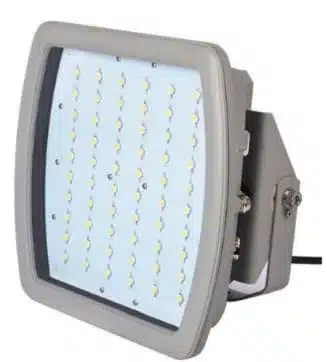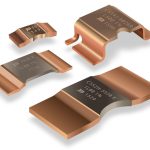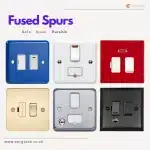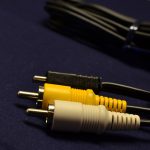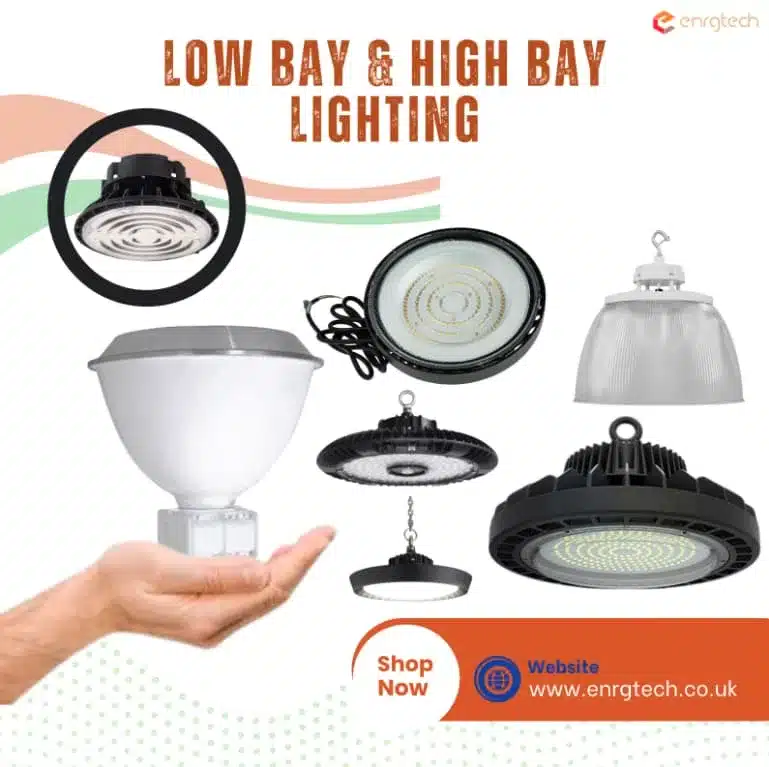
Introduction
Proper lighting drives safety, productivity, and energy efficiency across various commercial and industrial spaces. Among the most common lighting solutions for large indoor areas are low bay and high bay lights. While they serve a similar purpose – illuminating expansive spaces – understanding their distinctions, applications, and optimal choices is crucial for effective lighting design. This comprehensive guide covers everything you need to know about low bay and high bay lighting.
What is Meant By Bay Lighting?
Bay lighting refers to the powerful lighting fixtures well-designed to illuminate large indoor spaces with high ceilings (typically between 12 to 20 feet high). These fixtures are specifically built to provide clear, uniform illumination across vast areas. In addition, the term “bay” signifies the vertical space of the ceiling area where the lighting is installed. Based on ceiling height and light distribution requirements, bay lighting is divided into two primary categories: low and high bay lighting. However, understanding which type fits your needs ensures optimal illumination, reduced energy costs, and enhanced operational performance.
What is Low Bay & High Bay Lighting? Definition & Key Features
Low bay lighting is a type of lighting system explicitly designed for spaces with lower ceiling heights (typically 12 to 20 feet). These fixtures provide a uniform, wider, and more diffused light distribution pattern, perfect for compact spaces. Furthermore, a low bay lighting fixture minimises glare and hot spots, which are problematic or common in lower ceiling environments. They often feature reflectors or diffusers to enhance light spread and reduce shadows. With energy-efficient LED options, low bay lighting is common in a variety of settings, including retail stores, workshops, automotive service centers, smaller warehouses, gymnasiums, and manufacturing facilities.
High bay lighting, as the name suggests, is an illumination system specifically engineered for spaces with high ceiling heights, typically above 20 feet, often reaching 40 feet or more. However, these fixtures project a powerful, more concentrated light beam downwards from a significant height, ensuring that sufficient illumination reaches the floor level. Modern high bay lighting utilises LEDs or induction lamps that benefit users in terms of energy efficiency, longer lifespan, and lower maintenance costs.
Types of Low Bay & High Bay Fixtures (Lamp Technologies & Mounting Options)
Historically, various lamp technologies have been used for bay lighting. Today, LED technology dominates due to its superior efficiency and lifespan. Standard fixtures used in low bay include LED, fluorescent, HID (High-Intensity Discharge), and CFLs (Compact Fluorescent Lamps). High bay lighting uses more powerful fixtures than low bay models and includes LED high lights, metal halide lamps, HID fixtures, and fluorescent high bays. In addition to lamp technologies, these lighting fixtures also come in various mounting options, including pendant mount, surface mount, chain or hook mount, and trunnion bracket mount.
A Brief Overview of Their Notable Benefits
LED bay lights have become the dominant choice for illuminating large indoor spaces due to a variety of reasons and compelling benefits. They dominate the lighting market primarily due to their outstanding energy efficiency, long lifespan, and superior light quality. LED bay lights consume significantly less power (up to 50-70%), which translates into reduced electricity bills and lower environmental impact. Additionally, bay lights with integrated LEDs offer excellent brightness with better colour rendering, enhancing visibility and safety.
Common Applications of High Bay Lights and Low Bay Lights
High and low bay lighting are designed to illuminate spaces across various commercial, industrial, and institutional environments. Their applications differ significantly due to their light distribution patterns and intensity. Some of their use cases include:
Low Bay Lighting Applications:
Low bay lights are ideal for environments where tasks require good visibility at a relatively close range. They are also installed in spaces where the ceiling height doesn’t necessitate highly concentrated light. Their applications often include:
- Retail stores with lower ceilings
- Automotive service centers
- Gymnasiums and sports halls with lower ceilings
- Workshops
- Smaller warehouses or storage facilities
- Commercial kitchens
- Assembly areas.
High Bay Lighting Applications:
High bay lights are essential for large, open spaces where broad and powerful illumination is required to ensure safety, productivity, and visibility. Their typical applications include:
- Large warehouses and distribution centers
- Manufacturing plants and factories
- Industrial facilities
- Convention centers and exhibition halls
- Large gymnasiums and sports arenas
- Aircraft hangars
- Big box retail stores with high ceilings.
Final Opinion: Which One Light Suits My Needs?
Low and High Bay lighting are specialised solutions designed to light medium and high-ceilinged indoor spaces effectively. Whether you’re retrofitting a warehouse or designing a new commercial facility, selecting the right bay lighting is crucial for efficiency and functionality. Low bay lighting suits shorter ceilings and general illumination, while high is designed for tall spaces needing powerful, focused light. Finally, with advancements in LED technology, bay lights now offer improved performance, longer life, and reduced energy costs—making them an ideal investment for any industrial or commercial setup.






